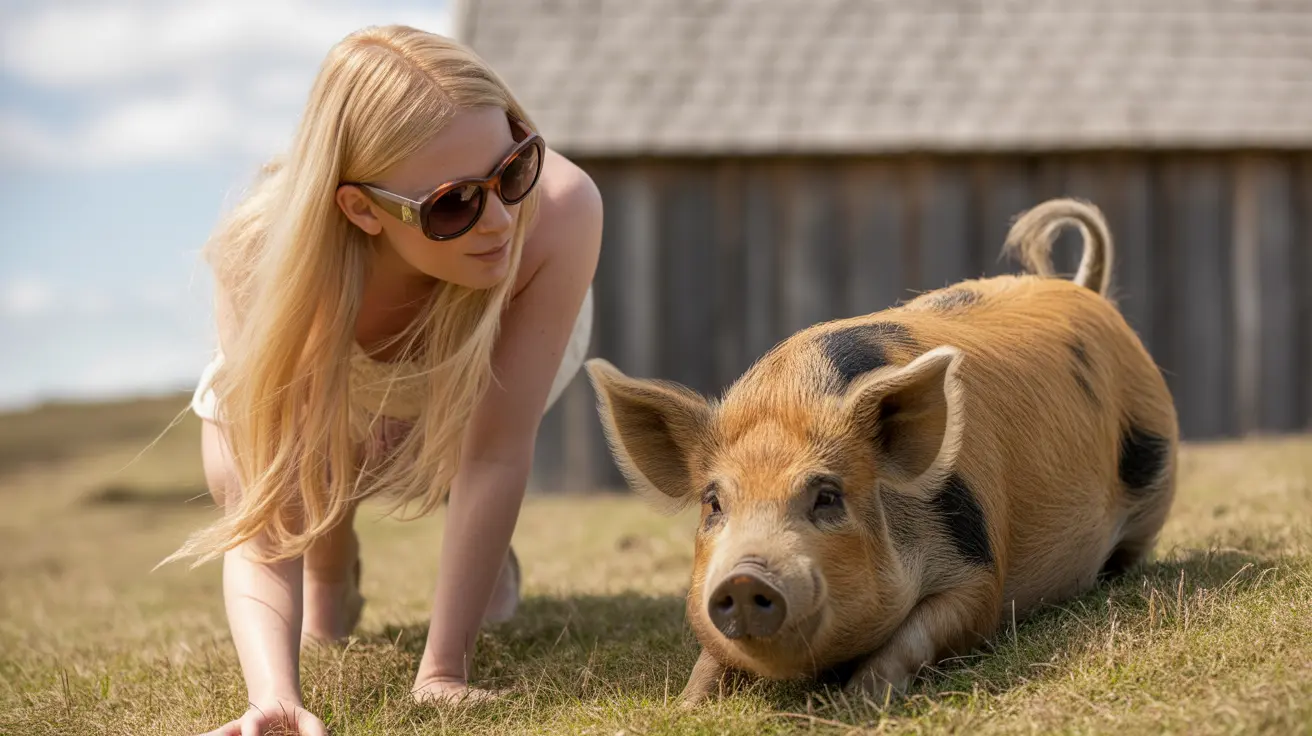Do Corgis Have Tails? Understanding the Truth About Their Tails
People often wonder whether Corgis have tails. The answer isn't as simple as yes or no, because it depends on the type of Corgi and where they're bred. Let's dive into the details to clear up the confusion about these charming dogs' tails.
The Two Varieties: Pembroke vs. Cardigan
Corgis come in two main varieties: the Pembroke Welsh Corgi and the Cardigan Welsh Corgi. Both breeds are born with tails, but what happens to those tails can differ dramatically.
- Cardigan Welsh Corgi: This is the older of the two breeds. Cardigans always have a long, full tail that's left intact. Their ancestry traces back to dogs brought to Wales by Celtic tribes, sharing some roots with Dachshunds.
- Pembroke Welsh Corgi: Developed later, Pembrokes descend from spitz-type dogs introduced by Vikings. They sometimes carry a gene for a natural bobtail, which means some are born with shorter or nearly absent tails. However, many Pembrokes are born with long tails as well.
The Practice of Tail Docking
In Pembroke Welsh Corgis, tail docking has been a longstanding tradition. Puppies typically undergo this procedure within their first three to five days of life. The American Kennel Club (AKC) standard requires that Pembrokes' tails not exceed two inches in length for conformation showing.
- Historical reasons: Docking began because these dogs were herding cattle, and shorter tails were thought to reduce injury risk.
- Tax incentives: In the UK, working dogs with docked tails were sometimes exempt from taxes.
Over time, docking became part of breed standards—especially in the United States—so most show-quality Pembrokes there have docked or naturally short tails. In contrast, much of Europe and the UK now ban cosmetic docking; there, you'll see more Pembrokes with natural full-length tails.
The Genetics Behind Bobtails
The natural bobtail trait in Pembrokes comes from a partially dominant gene:
- If a dog inherits one copy (N/BT), it will have a bobtail.
- If it inherits two copies (BT/BT), it's embryonic lethal—those embryos don't survive.
This means breeding two natural-bobtail Corgis together results in about half the puppies having bobtails, a quarter having normal tails, and a quarter not surviving gestation. Because of risks like severe deformities and embryo loss, breeders rarely select for this trait deliberately. Cardigans never carry this gene—they always have full-length tails.
The Ethics and Science of Docking
The necessity and humanity of tail docking are increasingly questioned by breeders and veterinarians alike. Scientific consensus shows that even newborn puppies feel significant pain during docking; it can also cause long-term nervous system complications and increased pain sensitivity later in life.
- Tails help dogs balance during movement and turns.
- Tails play a crucial role in canine communication—dogs use them to signal mood and intent to other animals (and people).
Losing their tail can disadvantage a dog both physically and socially. That's why animal welfare standards in many countries now ban or restrict non-medical tail docking.
Cultural Differences: U.S. vs Europe
In the United States, tail docking remains common for Pembroke Welsh Corgis—especially among breeders who want their dogs to meet AKC show standards. If you want a Pembroke puppy with an intact tail, you need to request it early (before the scheduled docking). Some breeders will accommodate if you commit in advance.
- Pembrokes with full-length tails can't compete in AKC conformation shows but can be registered as pets or participate in other activities.
A Summary: Do Corgis Have Tails?
- All Corgis are born with tails by nature.
- Cardigan Welsh Corgis always keep their long tails; they don't carry genes for bobtails or undergo routine docking.
- Pembroke Welsh Corgis may be born with either long or naturally short (bobbed) tails due to genetics; most are docked where allowed by law unless owners request otherwise early on.
The debate over tail docking involves genetics, ethics, tradition, and function. While once considered practical for herding work or mandated by show standards, today many question its necessity—and more owners choose to let their corgis keep their expressive, wagging tails intact whenever possible.





